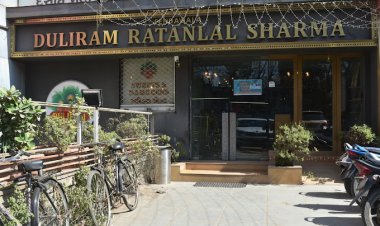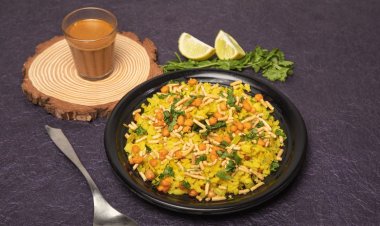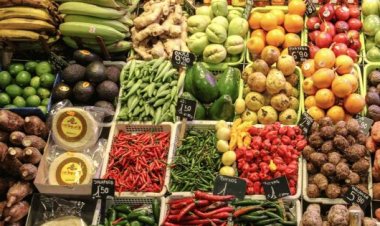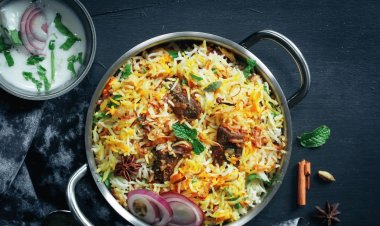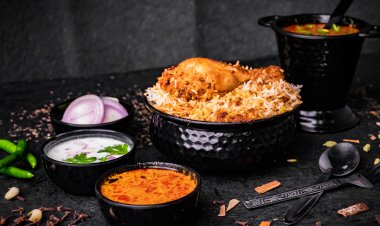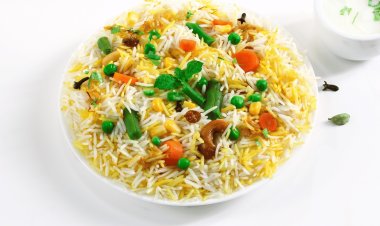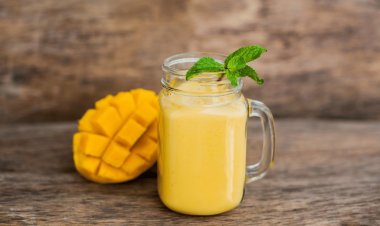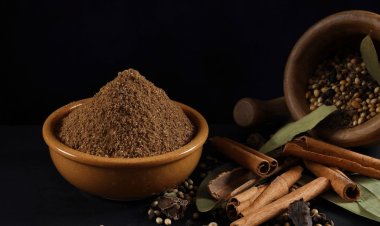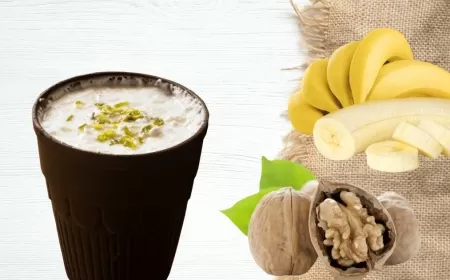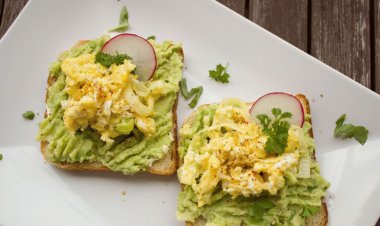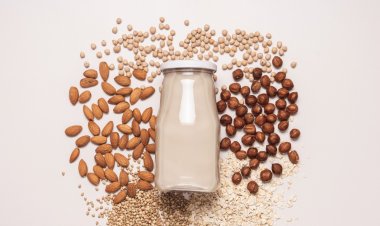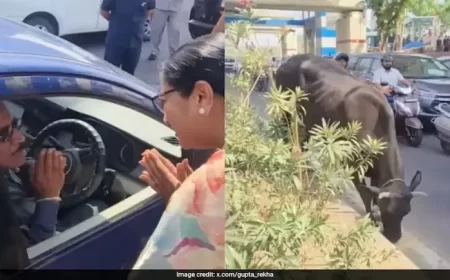Veg Thali Becomes Costlier by 11% , While Chicken Thali Gets Cheaper by 2%: CRISIL Report
Veg thali prices are on the rise! While onions, potatoes, and tomatoes are getting costlier, chicken lovers have reason to cheer as non-veg thali prices drop! Check out the latest food cost trends and how they’re impacting your home-cooked meals.
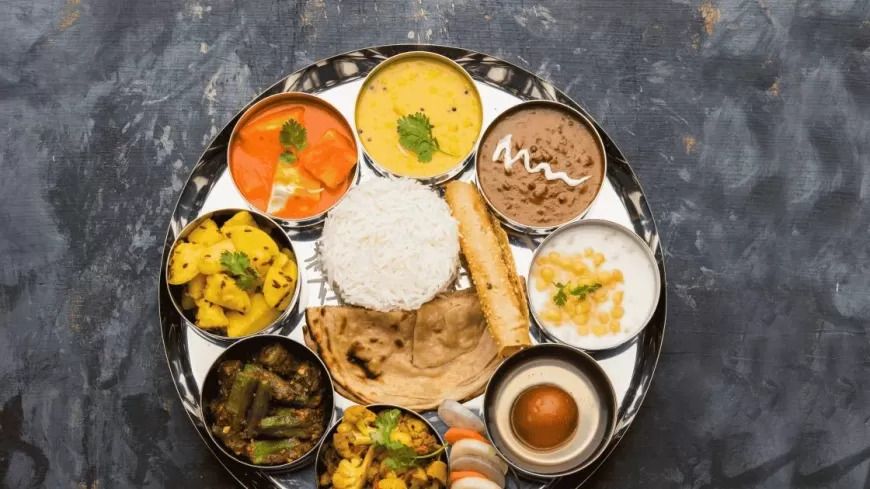
The cost of a home-cooked vegetarian thali increased by 11% in September, while the price of a non-veg thali decreased by 2%, according to the latest estimates from CRISIL Market Intelligence & Analytics (MI&A) Research. This divergence in cost trends is largely attributed to the rising prices of key vegetables like onion, potato, and tomato, and a decline in broiler prices.
Rising Costs for Veg Thali
The average cost of preparing a vegetarian thali, which typically includes roti, rice, dal, vegetables (onion, potato, tomato), curd, and salad, saw a notable increase. The surge in vegetable prices was the main driver of this rise, as vegetables account for around 37% of the total cost of the veg thali.
In particular:
- Onion prices shot up by 53% due to lower market arrivals.
- Potato prices surged by 50%.
- Tomato prices climbed by 18%, impacted by heavy rainfall that affected output in Andhra Pradesh and Maharashtra. Tomatoes make up 14% of the veg thali cost.
Pulses, another key component of the veg thali, also became more expensive. Prices for pulses, which account for about 9% of the total cost, rose by 14%, following reduced production last year and lower stock availability this year.
Chicken Thali Sees Price Drop
In contrast, the cost of a home-cooked non-veg thali, which replaces dal with chicken, declined by 2% in September. The drop in broiler prices, which make up 50% of the non-veg thali cost, was a significant factor in this reduction. Broiler prices fell by 13% year-on-year, driven by stable demand and steady supply.
Fuel and Input Costs
The report also noted that the decline in LPG prices helped prevent further increases in thali costs. The price of a 14.2 kg LPG cylinder in Delhi dropped by 11% from ₹903 in September last year to ₹803 in March this year, offering some relief to households.
Month-on-Month Stability
On a month-on-month basis, the cost of both veg and non-veg thalis remained stable. A decrease in potato and tomato prices helped offset the impact of rising onion prices. While onion prices increased by 14% due to a tight rabi stock and lower export duties, potato prices fell by 2% as cold storage stocks were released, and tomato prices dropped by 9% following higher arrivals in southern and western markets.
Outlook
Pushan Sharma, Director of Research at CRISIL MI&A, noted that while vegetable prices were a key factor in driving up the cost of the veg thali, the trend could see some moderation. "We expect a moderate correction in onion prices once the kharif supply enters the market. Potato prices are also expected to decline, though tomato prices may stay elevated due to lean supply," he said.
In August, the cost of a non-veg thali had dropped by 12%, while the veg thali saw an 8% year-on-year decline.
With vegetable prices fluctuating, households are feeling the impact on their daily food budgets, particularly for vegetarian meals, as the non-veg thali continues to offer relative cost stability.
What's Your Reaction?
 Like
0
Like
0
 Dislike
0
Dislike
0
 Love
0
Love
0
 Funny
0
Funny
0
 Angry
0
Angry
0
 Sad
0
Sad
0
 Wow
0
Wow
0




































